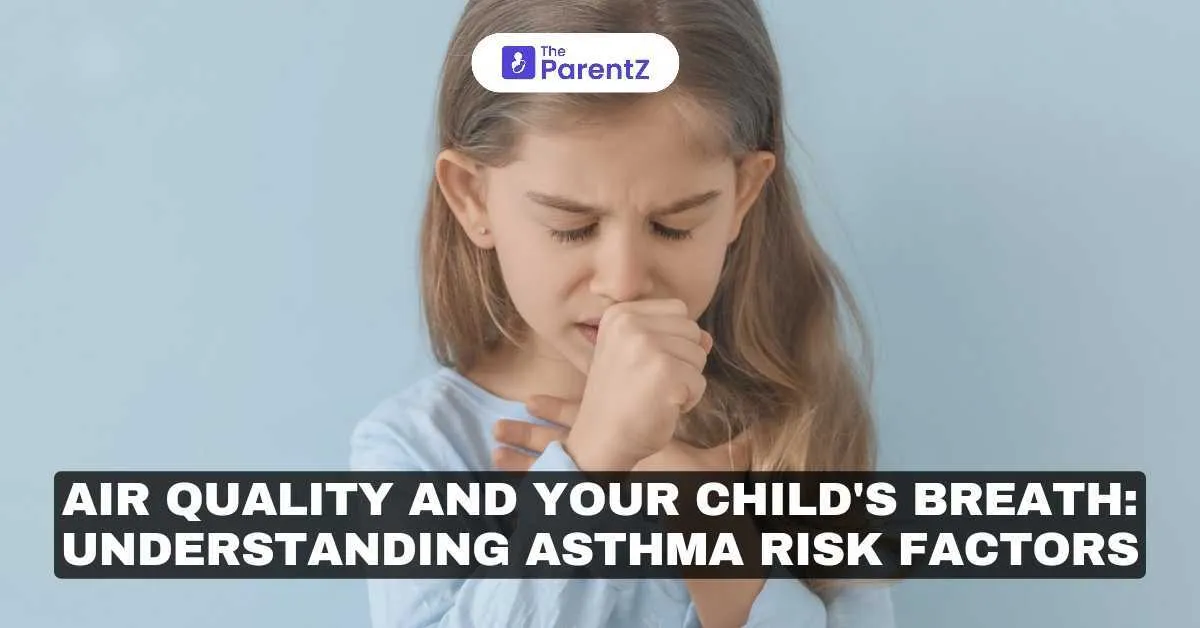Air pollution continues to be a huge public health concern, particularly for children with asthma. This comprehensive analysis examines the relationship between air pollution exposure and childhood asthma, backed by recent medical research and studies.
Understanding Childhood Asthma
Asthma is one of the most common chronic diseases in children, affecting approximately 7 million children in the United States alone. The condition can begin at any age but often manifests in early childhood. Factors such as genetics, family history, and environmental exposures play a significant role in the onset and severity of asthma. Among these environmental factors, air pollution stands out as a critical concern.
Primary Pollutants of Concern
Particulate Matter (PM2.5 and PM10):
- Health Impact: Particulate matter can penetrate deep into lung tissue, leading to increased inflammation and respiratory issues.
- Asthma Risk: Exposure is associated with an increased risk of acute asthma attacks and can trigger inflammation within hours.
Ground-level Ozone (O₃):
- Health Impact: Ozone exposure causes immediate breathing difficulties, particularly during peak summer months.
- Asthma Risk: Linked to an increase in emergency room visits for asthma exacerbations.
Nitrogen Dioxide (NO₂):
- Health Impact: Commonly found in urban areas with heavy traffic, NO₂ can reduce lung function significantly.
- Asthma Risk: Associated with a higher risk of wheezing in children and can decrease lung function in sensitive individuals.
Medical Impact Assessment
Short-term Effects
Children exposed to high levels of air pollution may experience various respiratory symptoms:
- Wheezing
- Coughing
- Shortness of Breath
- Chest Tightness
Additionally, lung function changes may occur, including:
- Reduced peak expiratory flow
- Decreased forced expiratory volume (FEV1).
- Increased airway resistance and bronchial hyperresponsiveness.
Long-term Consequences
The long-term effects of air pollution on childhood asthma can be severe:
Structural Changes:
- Airway remodeling and reduced lung growth
- Increased risk of chronic respiratory conditions.
Immune System Effects:
- Enhanced allergic responses and chronic inflammation.
- Altered immune system development, leading to increased susceptibility to infections.
Risk Assessment and Prevalence
High-Risk Populations
Certain groups are at a higher risk for developing asthma due to air pollution:
Age Groups:
- Infants: 2.5 times higher risk.
- Preschool children: comparatively less higher risk.
- School-age children: comparatively less higher risk.
Geographic Considerations:
- Urban areas show a higher incidence of asthma.
- Children living near industrial zones face an increased risk.
- High-traffic corridors contribute to a greater prevalence.
Warning Signs for Parents
Parents should be aware of early indicators such as:
- Persistent cough, especially at night.
- Exercise intolerance or recurrent chest infections.
- Delayed recovery from respiratory infections.
Emergency signals include severe breathing difficulty, blue lips or fingernails, inability to speak in full sentences, and chest retractions.
Prevention and Management Strategies
To handle the impact of air pollution on childhood asthma, parents can adopt several strategies:
Environmental Controls
Home Environment:
- Use HEPA air filtration systems to reduce indoor pollutants by up to 90-95%.
- Regularly monitor ventilation and maintain humidity levels between 30-50%.
Outdoor Exposure Management:
- Monitor air quality regularly and modify outdoor activities during high-pollution days.
- Time outdoor activities strategically to avoid peak pollution hours.
Medical Intervention
Preventive Measures:
- Schedule regular medical check-ups and develop customized action plans for managing asthma.
- Ensure medication adherence and maintain up-to-date immunizations.
Emergency Preparedness:
- Keep rescue medications readily available and establish written emergency protocols with healthcare providers.
Conclusion
The impact of air pollution on childhood asthma represents a significant public health challenge requiring vigilant monitoring and proactive management. Understanding the medical implications and risk factors is crucial for healthcare providers and parents alike. Through continued research, improved monitoring, and implementation of preventive strategies, we can work to minimize the impact of air pollution on vulnerable pediatric populations.
Healthcare providers should maintain regular communication with families of asthmatic children, updating management plans based on local air quality conditions and individual risk factors. Parents must stay informed about air quality indices and implement appropriate protective measures to safeguard their children's respiratory health.









Be the first one to comment on this story.